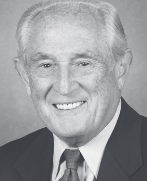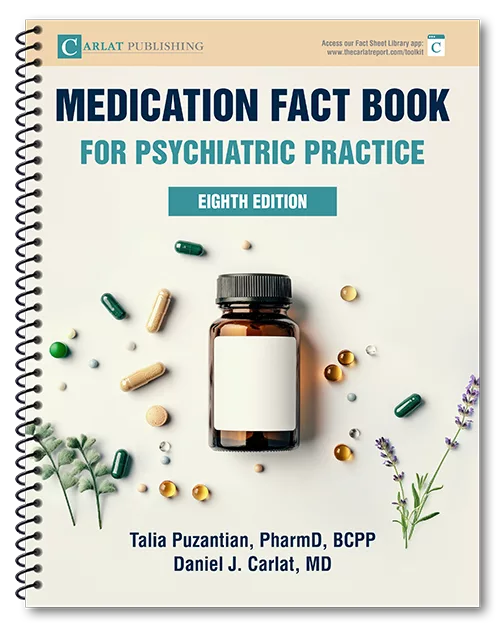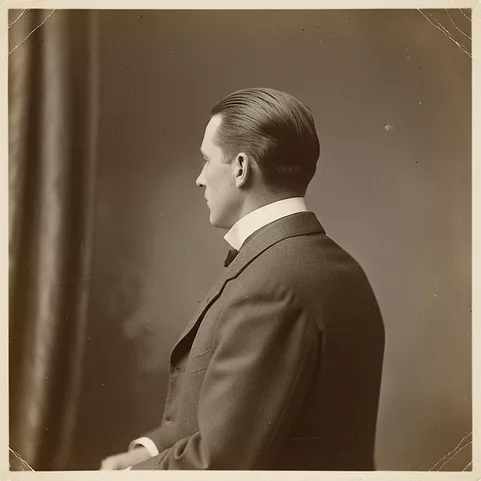Update on ECT

Max Fink, MD. Professor of Psychiatry and Neurology Emeritus School of Medicine, SUNY Stony Brook.
Disclosures: Dr. Fink has disclosed that he has no significant relationship or financial interests in any commercial companies pertaining to this educational activity.
Dr. Fink, recently you and your colleague, Michael Taylor, reviewed the latest studies of electroconvulsive therapy in patients with major depression in JAMA (Fink M and Taylor MA, JAMA 2007;298(3):330-332). I thought we might start by talking about ECT efficacy. How effective is it?
That depends entirely on which patients receive the treatment and how the treatment is done. Patient selection and electrode placement are the key factors in outcomes. The latest reports clarify the role of electrode placement. Some psychiatrists typically use bitemporal electrodes, which means one electrode on each temple, whereas others prefer right unilateral placement, which is means an electrode on the right temple and the second electrode at the apex of the scalp on the same side.
Why would you choose one over the other?
The choice is based on efficacy and immediate side effects. The decision is only an issue in patients with a depressive illness; there is little evidence that unilateral electrodes are effective in patients with mania, catatonia, or schizophrenia, the other indications for the treatment. Unilateral placement causes less amnesia, but what is gained in side effects may be lost in efficacy. Our JAMA article reviewed the findings of two large NIMH-supported multi-site treatment trials in patients hospitalized with major depression and referred for ECT. In the Columbia University Consortium trial (CUC), right unilateral ECT was used and the remission rate was 55% (159 of 290 patients completing the trial)(Sackeim HA et al., JAMA 2001;285(10):1299- 1307). In the more recent Consortium for Research in ECT (CORE study), bilateral electrode placement was used, and the remission rate was 86% (341 out of 394 completers)(Kellner CH et al., Arch Gen Psychiatry 2006;63:1337-1344).
What about patient selection? Can you predict how effective ECT will be based on subtypes of depression?
ECT is effective for psychotic depression, melancholic depression, and catatonic depression.
What do you mean by “melancholic depression”? That’s a term that does not seem to be used much in psychiatry these days.
Melancholia refers to a profound depression that is more clearly “biological” than milder depressions that are situational or result from character pathology. A biological test of cortisol function, the dexamethasone suppression test (DST), is useful in identifying melancholia. Patients whose results are abnormal on this test responded very well to ECT. The DSM-IV-TR lumps all depressions in “major depression” and provides the “melancholic” specifier for those with the vegetative symptoms of lack of appetite, early morning awakening, psychomotor retardation, and an unchanging quality of depression. [Ed. note: While Dr. Fink endorses the value of the DST, readers should know that the test’s utility is debated in the field. For example, a recent review of biomarkers for depression, including the DST, concluded that none are “sufficiently specific to contribute to the diagnosis of major depression”(Mossner R, et al., World J Biol 2007;8(3):141-74). However, there is significant data to support the use of the DST specifically for melancholia, and Dr. Fink reviews this data in his book, Melancholia: The Diagnosis, Pathophysiology, and Treatment of Depressive Illness, written with Michael Taylor, Cambridge University Press, 2006].
An interesting finding in the CORE study is the greater and faster response of the psychotic depressed patients to ECT. This “inversion” of the expected – more severely ill patients should respond less well than the less ill – is surprising. About 30% of the CORE and CUC patients were psychotic depressed.
What types of depressed patients don’t respond as well?
Patients with situational depression, and with character pathology who may be referred for ECT because of suicidal gestures.
Given your long experience in the field, what would you consider to be the ideal approach to starting ECT on a qualified patient?
Since ECT is recommended as the last resort or when the depression is very severe, efficacy and speed of response have the highest priority. Bilateral ECT is best, with the treatments being done two to three times per week. The CUC-CORE comparison showed that fewer treatments were needed for a response, usually about 7 for bilateral and 10 for unilateral placement, a saving of one week in time and expense.
Once a patient is in remission, what should we do?
Simply stopping treatment at that point yields relapse rates of 80% for placebo and 60% for tricyclic monotherapy within six months, making effective continuation treatment crucial. For medication, the best evidence is for a combination of the tricyclic nortriptyline and lithium, both monitored by blood levels for adequacy. In the CUC and the CORE studies, the 6-month relapse rate for nortriptyline and lithium was between 35% and 40%, much lower than the placebo rate. But such combination medications are difficult to manage safely.
What about continuation ECT?
Continuation, or maintenance, ECT has a relapse rate similar to nortriptyline with lithium.
In my practice, I sometimes have difficulty getting patients to continue maintenance ECT treatment. Some will complain about various side effects, such as memory loss and headache, others will just consider it too much of a hassle to have to go to the hospital once every few weeks for treatments. Many of them eventually have a bad relapse. Do you have any suggestions?
I ask patients to think about ECT in the same way they might think about diabetes. A few doses of insulin will remove immediate symptoms but will not cure diabetes. Similarly, ECT treatments relieve depression but do not cure the underlying illness. Patients should think in terms of a 6-month ECT treatment period: the first month for the acute treatment, and the next 5 months for close follow-up and continuation treatment. Assuming that patients have recovered as a result of the first month of acute treatment, they should check in every week or two to report on their mood symptoms. Patients or family members are asked to call the ECT nurse weekly. If symptoms recur, the patient is asked to come in for examination and possible treatment on the next treatment day.
So this isn’t a set frequency of once a month or once every two weeks?
No, it’s important to be more flexible, although I can appreciate that some hospitals may not have the staffing to fit patients in for treatments right away.
What do you tell patients about memory loss?
Every treatment is given under anesthesia and a grand mal seizure develops. Both have immediate effects on orientation. All patients awaken confused. The duration and severity varies with age. In old patients the confusion may persist for days during the acute treatment. As patients recover, they are able to return to work with the same skills as they had before their illness. The recollection of some events during the depression and during the weeks of treatment may be poor; patients may need to be prompted by family or by pictures to recall the events clearly. A very few patients feel estranged long after their recovery and their return to work. Some events in their history seem lost. But whether these putative long-term memory losses are caused by the ECT or by unrelated factors is controversial. Consider that the depressed patients referred for ECT are severely ill and have failed multiple treatment trials; many have attempted suicide. Most have impaired memories for the events during the illness – in my opinion, the additional losses associated with the treatments are a small price to pay for the opportunity for recovery, especially when treatments are optimized.
Newsletters
Please see our Terms and Conditions, Privacy Policy, Subscription Agreement, Use of Cookies, and Hardware/Software Requirements to view our website.
© 2025 Carlat Publishing, LLC and Affiliates, All Rights Reserved.


_-The-Breakthrough-Antipsychotic-That-Could-Change-Everything.webp?t=1729528747)



